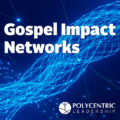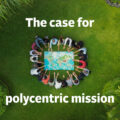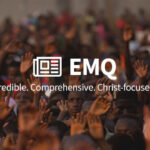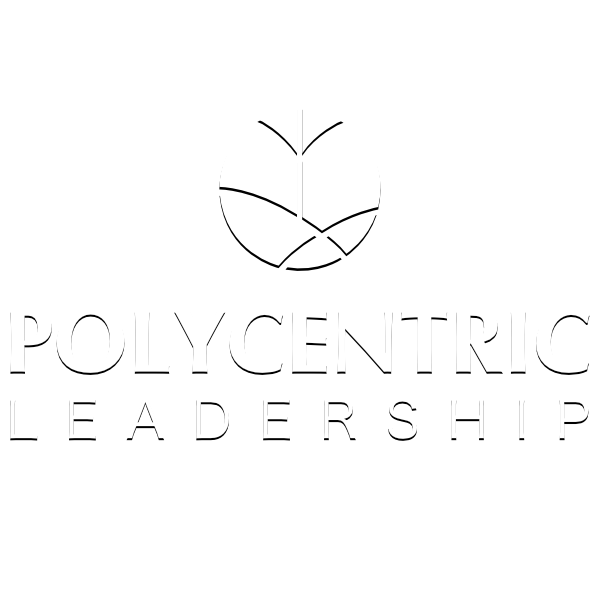Navigating the Seas of Change:
Learning from changing paradigms and internationalization today.
In 2003 Samuel Escobar wrote about global mission as being from everywhere to everyone (Escobar, The New Global Mission). Well over a decade later, Allen Yeh while assessing the centenary celebrations from Edinburgh 1910, reframed the idea as from everyone to everywhere. (Yeh, Polycentric Missiology). Today, global mission reflects these realities as well as the insights from Jay Matenga on Indigenous Mission (Matenga, Centring the Local).
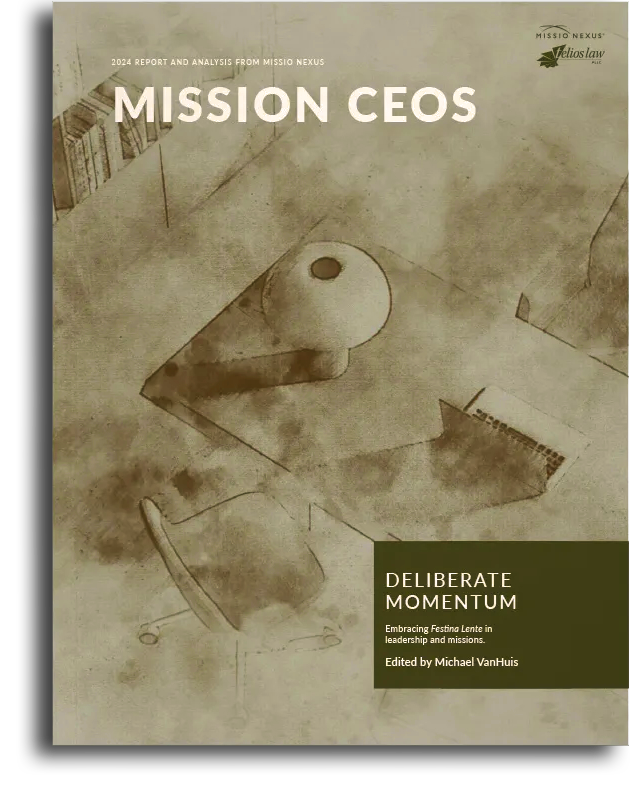 Increasingly the importance of globalizing, internationalizing, and indigenizing are paramount for leaders in mission. While our world is polarizing on many levels and tribalism is clearly on the rise, nevertheless, our world becomes smaller all the time. Whether it’s the impact of significant migration and the vitality of Diaspora Missiology or the rising impact of Digital Missions, we as mission leaders must prepare ourselves and ready our networks, movements and organizations for this era of the Gospel’s growth.
Increasingly the importance of globalizing, internationalizing, and indigenizing are paramount for leaders in mission. While our world is polarizing on many levels and tribalism is clearly on the rise, nevertheless, our world becomes smaller all the time. Whether it’s the impact of significant migration and the vitality of Diaspora Missiology or the rising impact of Digital Missions, we as mission leaders must prepare ourselves and ready our networks, movements and organizations for this era of the Gospel’s growth.
It was these changing paradigms, along with an increasing dissatisfaction with the way mission leadership functioned, that led me to search for a new way of leading. My thesis on Polycentric Mission Leadership unveiled a new theoretical model that had validity in leadership theory but still deserves further testing (Handley, Polycentric Mission Leadership). For those interested in exploring the theory further or even submitting their own case studies see https://PolycentricLeadership.com/
More importantly than the theories, for those of us navigating the sea changes and tidal waves that keep rising, we should have a keen eye on what we can learn from leading movements. Mission movement missiology and leadership systems and approaches can help us navigate the future. These ideas present us concepts that help move the needle when it comes to internationalization today (Handley, Leading Mission Movements). For those wanting to go deeper, more expansive treatment is found in Global Missiology (Handley, Polycentric Leadership for Kingdom Movements, Parts I & II).
Central to the theory and leadership model is what Ted Esler addresses as a key topic that will dominate the mission discussion for the next 10 years: mutuality (Esler, The Next Ten Years). While Ted rightly observes how some of the dialog around that issue can be problematic, still from a redemptive biblical thread, the idea of considering others more highly than oneself (see Philippians 2:3 as well as Romans 12:3 and Proverbs 3:7).
Along this vein, we practice a more communal way of leading, ensuring to listen to others and platform their voices (see for example, Becchetti, Eastern Voices). Ultimately, in order to better move toward a more internationalist network or organization, empowering the local and the indigenous so that each country and region as well as each person, is able to shape decisions and discern the direction based on local wisdom and approaches.
At the same time, what holds everyone together? This is where Paul Hiebert’s idea about Centered Sets comes into play (Corwin, Bounded and Centered Sets). As long as each regional and national leadership owns the core vision, mission and values, how they choose to lead on a local level is completely up to them. They have full freedom to be missional entrepreneurs within their cultural contexts and the glue that holds them all together is the idea of a centered set of the core mission that God has called them all to fulfill.

Joe Handley, Ph.D.
President/CEO, A3
A3Leaders.org
Joseph Handley, Ph.D. (Fuller Seminary) is the president/CEO of A3. He serves as a Global Catalyst for Leadership with the Lausanne Movement and as Affiliated Faculty of Mission and Theology at Fuller Theological Seminary.
More Information
![]() Navigating Seas of Change (PDF)
Navigating Seas of Change (PDF)
This article was originally written for the 2023 Mission CEO Report, MissioNexus
https://missionexus.org/2023-mission-ceos-report/





